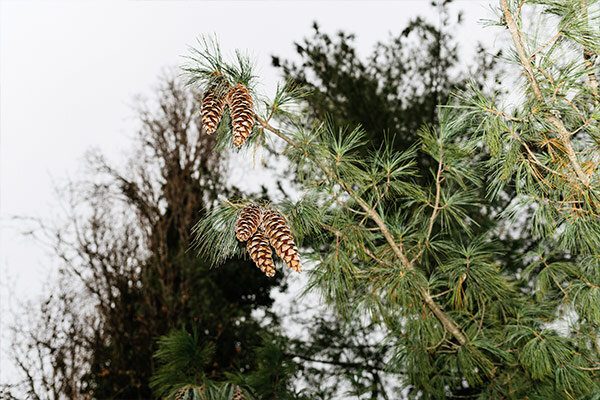The Importance of Tree Fertilization
On the surface, it might seem like a silly idea. After all, most people only fertilize for plants such as:
- Annuals
- Fruits
- Veggies
- Roses
- Hydrangeas
Plants in these categories require more attention to grow and, therefore, more fertilizer. That said, you might be surprised to find that the right fertilizer at the right time can be the difference between life and death for a tree. In this month’s blog post, we’re discussing how you can tell if tree fertilization is warranted and what to expect.
How to Tell You Need Tree Fertilization
Despite trees being hundreds of times larger than a rose or hydrangea, the signs to look for aren’t all that different. For instance, if your tree is growing much slower than you thought it would, that may be a sign that it’s nutrient deficient. As a general rule, you can tell if your tree is growing slowly based on the development of new twigs. Here’s a quick reference of healthy twigs to tell if your tree’s twigs are stunted or nutrient-deficient:
- Young Trees: Twigs should grow 6 to 12 inches annually
- Established Trees: Twigs should grow 4 to 9 inches annually
- Mature Trees: Twigs should grow a little less than 4 inches
There are also a few other signs you should keep an eye out for. In addition to smaller-than-expected twigs, be ware of small leaves or yellowing leaves during the spring and summer months. If your tree’s leaves turn yellow before fall has arrived, it could be a sign that your tree is nutrient deficient.
Don’t just take our word for it, though. Click here to learn if your tree needs fertilization directly from University of Nebraska-Lincoln.
The Benefits of Tree Fertilization
When you work with us at American Arbor, we’ll test your soil for frequent problems with Kalamazoo soil, such as pH imbalances and imbalances in macro and micronutrients. From there, we’ll add the right type of fertilizer that your tree needs. That way, your tree is most likely to bounce back to the healthy and vibrant gentle giant that you know and love.
Are you concerned about your trees’ health? If so, then don’t wait. It’s always better to fertilize now instead of trying to remove a dead tree later. For more information on our tree fertilization and the other tree services that we offer, click here to contact us today.


